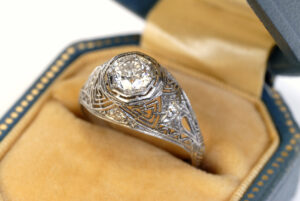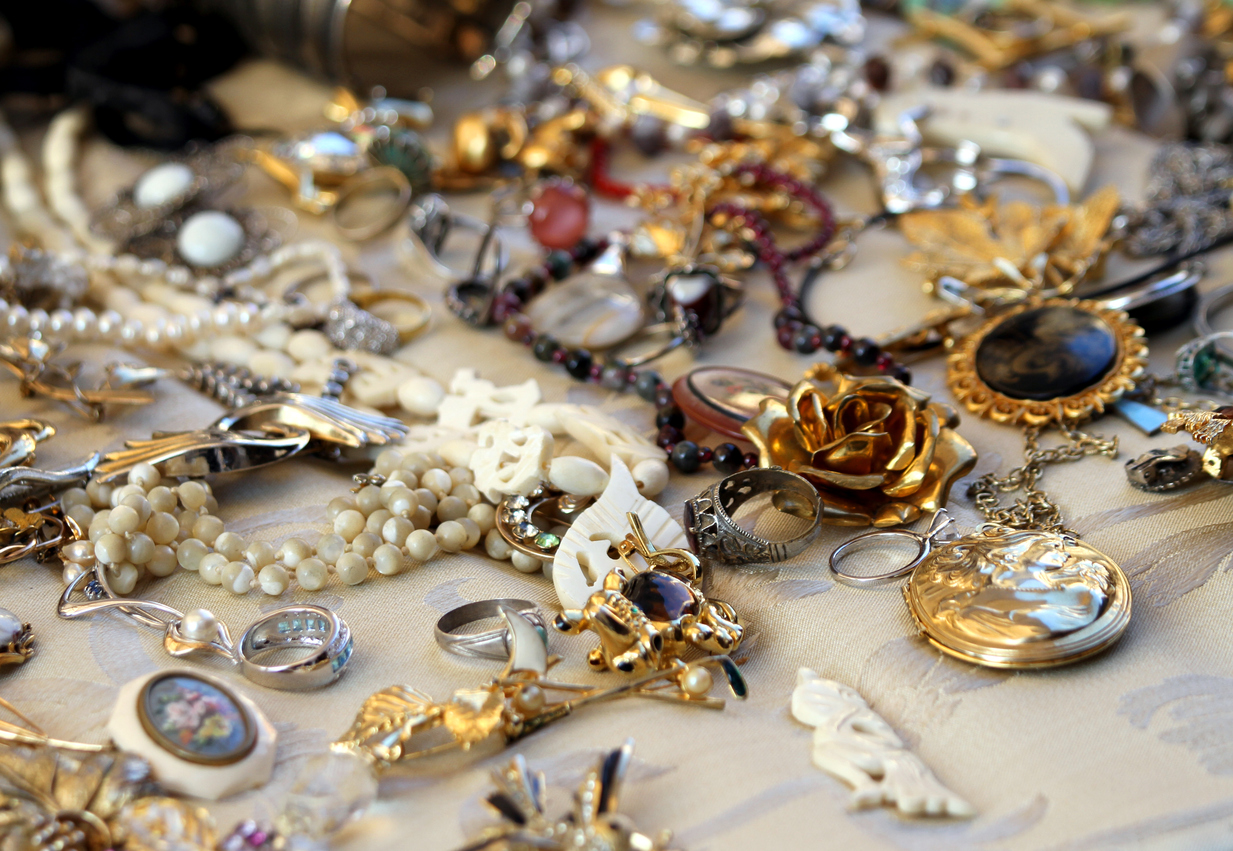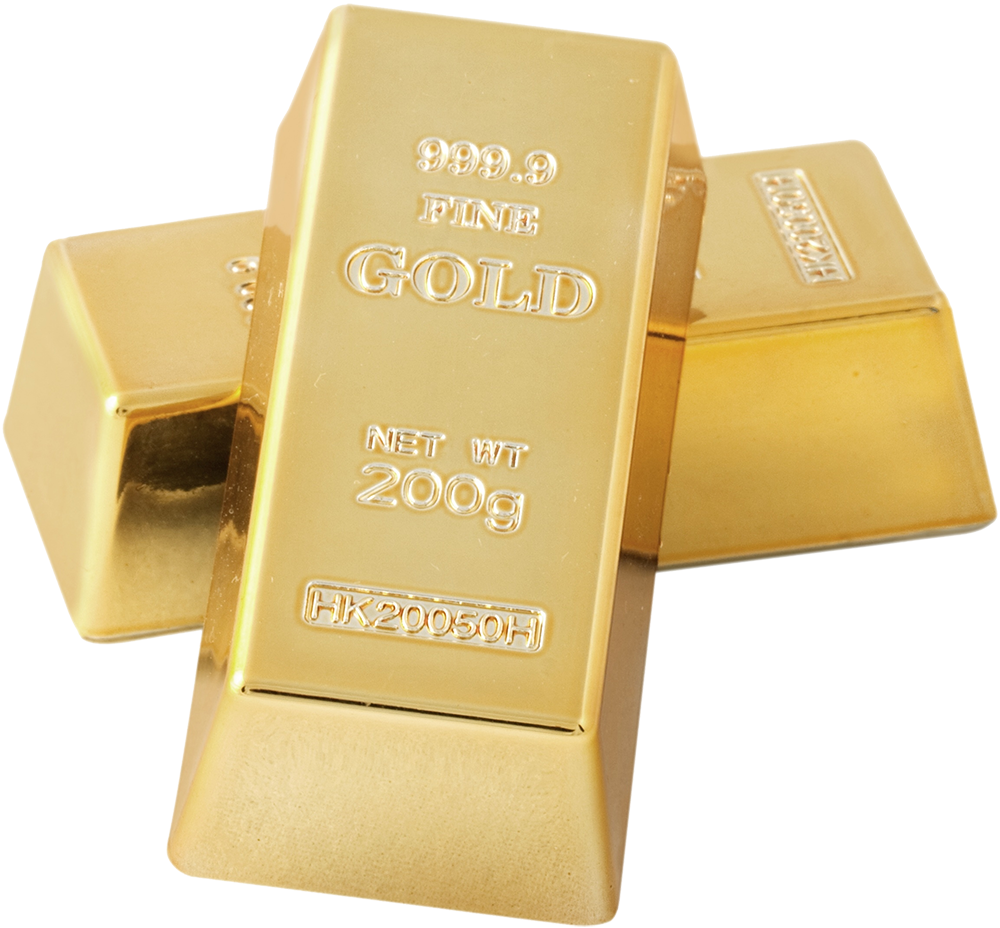If you own jewelry that you’re interested in selling or perhaps having appraised, it’s natural to wonder about the honesty of the jewelry dealers who agree to look at your pieces and make you a cash offer.
Whether you have antique, vintage, retro, or estate jewelry in Bucks County that you’d like to turn into money, the truth is that understanding what you have and what it may be worth can be a very tricky business.
Thankfully, there are several ways you can identity what sort of jewelry you own, and if you’re willing to put in the necessary time and effort, you may also be able to discover roughly what your piece might be worth in the marketplace.
How Is Jewelry Classified?
For the most part, antique jewelry is classified by the period in Royalty history during which it was manufactured. But before going quite that deep down the jewelry rabbit hole, it’s important to understand the differences between antique, vintage, retro, and estate jewelry.
Do You Own Antique Jewelry?
In the United States, a piece of jewelry must be 100 years or older to be considered antique. For the most part, its age is what lends it value, but so too does the rarity of the individual piece, as well as its uniqueness and beauty.
It’s probably worth mentioning that in England and most other parts of Europe, a 100-year-old piece of jewelry wouldn’t be quite old enough to be considered antique. The actual age of an antique piece in Europe could vary from country and country and even from dealer to dealer, but we’ll be sticking with U.S. guidelines in this article.
What If Your Jewelry Isn’t a Century Old?
If your piece is less than 100 years old but at least 20 years old, it will likely be classified as vintage. Most pieces that are clearly not new or modern, but aren’t yet 100 years old, will be considered vintage.
Estate jewelry, meanwhile, is simply jewelry that was previously owned, and may be antique or vintage. Due to the relatively large population of senior citizens and wealthy residents in our area, estate jewelry in Bucks County is especially plentiful, and we almost always have an impressive selection of very high-quality estate jewelry pieces behind the counter at Doylestown Gold Exchange.
Depending on the piece’s actual age, it may take an expert with a finely trained eye to determine exactly which classification your piece should receive. Still, many pieces offer clues. Jewelry manufactured during the Art Deco and Mid-Century periods, for instance, are considered vintage, but can be quite valuable if they’re in decent shape and contain no modifications to clasps or fittings, for instance.
Determining Your Jewelry’s Vintage Period
 During the Art Deco period, platinum and white gold were both very popular. Settings were often designed as abstract and angular geometric forms, and featured a lack of curved or flowing lines. During the Retro period, rubies became a particularly popular stone, and many pieces featured a combination of pink and rose gold. If your piece includes women with flowing hair or animals, flowers or insects with ornate, curving designs, you may own a piece from the Art Nouveau period.
During the Art Deco period, platinum and white gold were both very popular. Settings were often designed as abstract and angular geometric forms, and featured a lack of curved or flowing lines. During the Retro period, rubies became a particularly popular stone, and many pieces featured a combination of pink and rose gold. If your piece includes women with flowing hair or animals, flowers or insects with ornate, curving designs, you may own a piece from the Art Nouveau period.
Looking for marks, hallmarks, or maker’s marks on your piece of jewelry can also help you understand its age and value. These marks are often hidden on the inside or underside of a piece, and may require a loupe to see. If you learn how to read these marks, you’ll find that they often give clues to the piece’s jeweler or designer, and sometimes even to its retailer or manufacturer as well.
What Is Retro Jewelry?
Retro jewelry, which is also known as Art Moderne, are pieces made when elaborate, larger-than-life styles were in fashion. Retro pieces were largely inspired by the glamour of Hollywood, which is why you’re more likely to see cocktail rings, charm bracelets and necklaces in the Retro style than brooches and earrings, for instance.
Most dealers will explain that a genuine retro piece will have been manufactured sometime during the 1940s or 1950s, but as if often the case in the jewelry community, that’s a distinction that not every dealer will agree with.
Where to Buy or Sell Rare, Vintage, and Antique Jewelry in Bucks County?
If you have an unusual piece of antique or vintage jewelry you’d like to exchange for cash, or if you’d like to bring a new piece of rare estate jewelry into your life, stop by Doylestown Gold Exchange & Jewelers. We have a certified gemologist on staff, and as a family owned and operated business, we’ve developed a reputation as a trustworthy, honest, and reputable shop.
We’re always excited to examine any pieces of jewelry you may want to bring by the shop, and we’ll be more than happy to explain to you, in detail, what you have. We’ll look forward to meeting you—and perhaps your collectible jewelry as well—sometime in the very near future!


